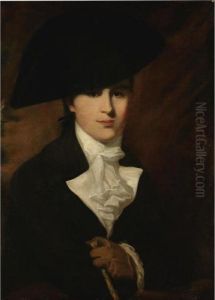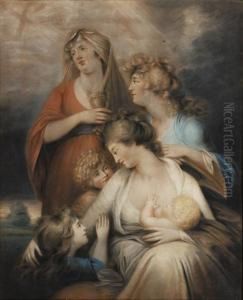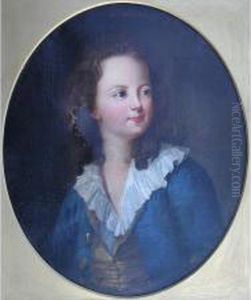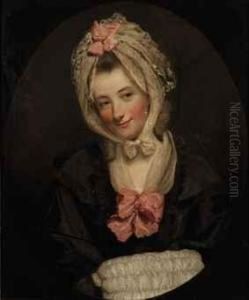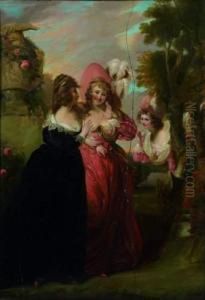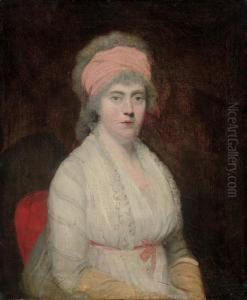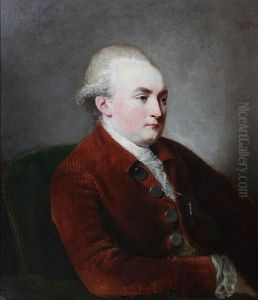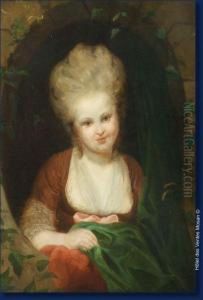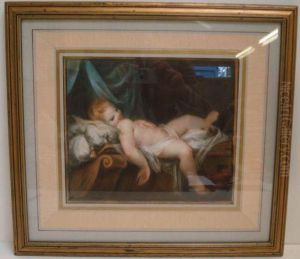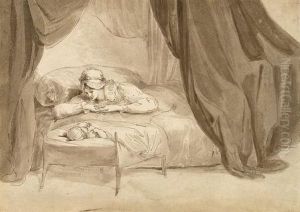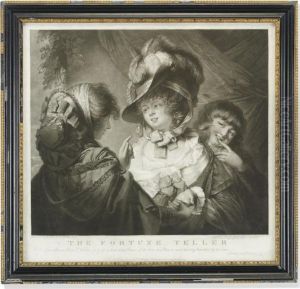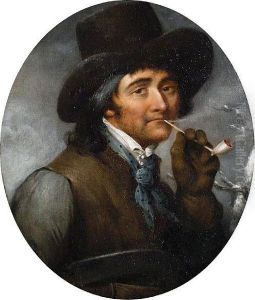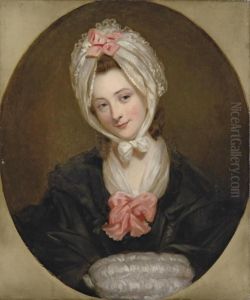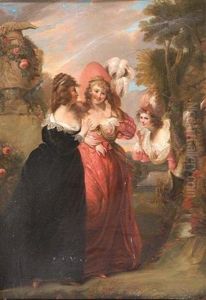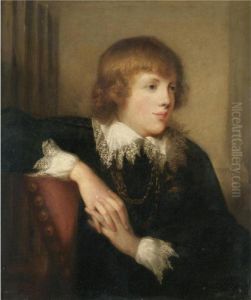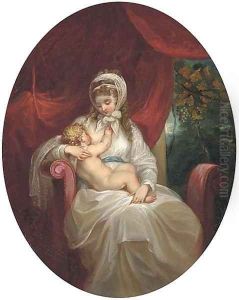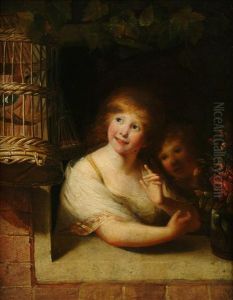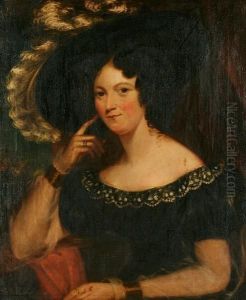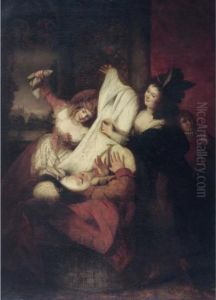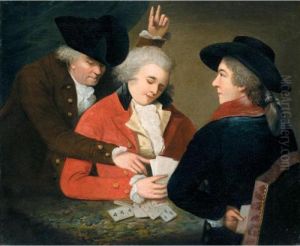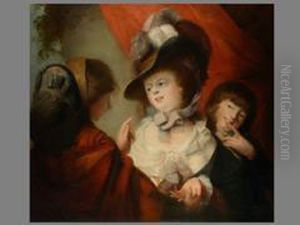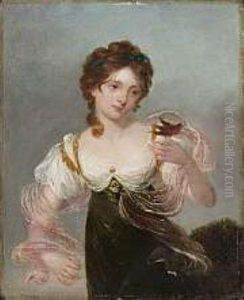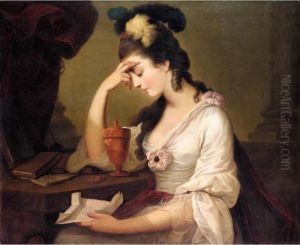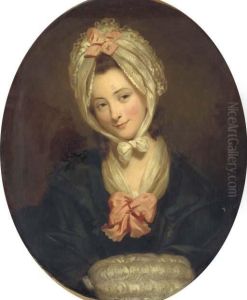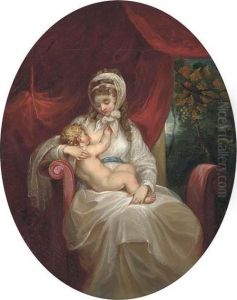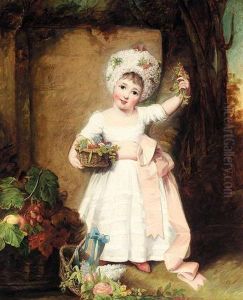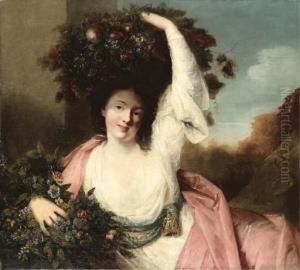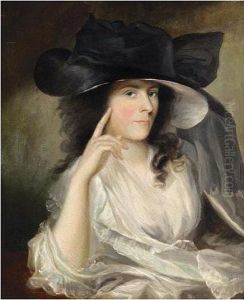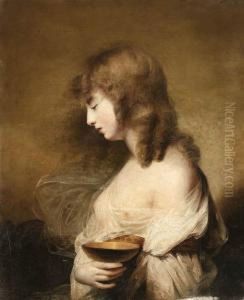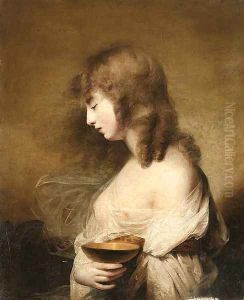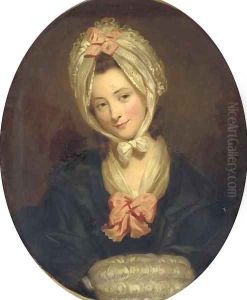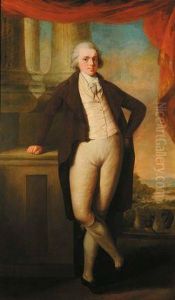Matthew William Peters Paintings
Matthew William Peters was an English portrait and historical painter, born in 1742 in Freshwater, Isle of Wight. He was the son of a clergyman and initially intended to follow his father's path. Peters was educated at St. Peter's College, Westminster, and went on to study at the Royal Academy Schools. Early in his career, Peters was known for painting portraits and subjects of a mildly erotic nature, a genre that was popular in the rococo period.
Peters' work was well received, and he exhibited at the Royal Academy of Arts in London. In 1776, he was elected an Associate of the Royal Academy and, in 1783, became a full Academician. Despite his success, Peters became increasingly uncomfortable with the moral implications of his earlier subjects and, upon his ordination in 1781, he turned away from such themes.
After his ordination, Peters's focus shifted to religious subjects, and he painted several large-scale altarpieces. His change in subject matter coincided with a broader cultural shift away from the frivolousness of the rococo towards the more serious neo-classical style. Peters's religious works were characterized by their serene and contemplative nature and were well suited to the spiritual ambience of the churches for which they were commissioned.
In addition to his artistic work, Peters became involved in the administration of the Royal Academy and was appointed chaplain to the Academy in 1784. He continued to paint and exhibit at the Royal Academy until 1806. Throughout his life, Peters enjoyed the patronage of prominent figures, including the Prince of Wales.
Peters was also known for his philanthropic work, particularly his involvement in the establishment of a school for the maintenance and education of the daughters of indigent artists, known as the Royal Academy's School of Female Orphans.
Matthew William Peters passed away in 1814. His works remain a part of British art history, marking the transition between the rococo and neo-classical styles and reflecting the moral and cultural shifts of his time.
